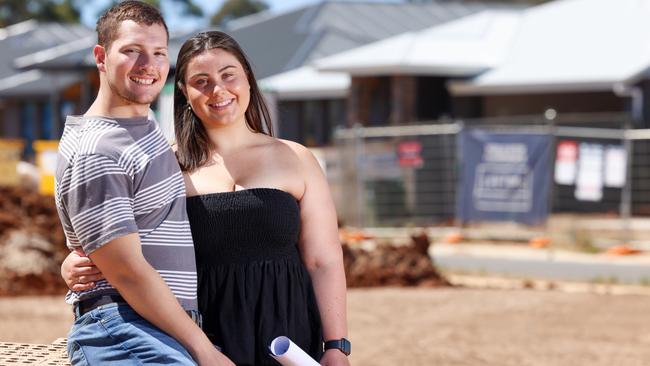‘Rentvesting’ just doesn’t work and here’s why
Renting a home and buying an investment property sounds like a good strategy but it rarely works out for most people and here are the reasons why.

In recent years, the strategy of “rentvesting”, which involves renting where you want to live while investing in property elsewhere, has gained growing attention as it is often viewed as a potential solution to the housing affordability challenge.
Rentvesting allows individuals not to compromise where they live, but still have a financial interest in the property market.
But does rentvesting truly deliver on its promise of superior wealth creation, or are people better off owning the home they occupy?
At its core, rentvesting involves purchasing an investment-grade property in a location with strong growth prospects, renting it out, and then separately renting a home for personal use. Advocates argue that this arrangement provides significant benefits: better immediate cash flow, tax-deductible loan interest (which means the investor may benefit from negative gearing), avoiding costly home maintenance expenses, and the flexibility to relocate without the stress of property ownership. They also highlight the opportunity to strategically select investment locations that may offer higher capital growth than a buyer’s desired place of residence.
However, while rentvesting might be appealing initially, deeper analysis and financial modelling suggest it may not always deliver the long-term financial security people seek.
First, tax implications can make a significant difference. The Australian tax system disproportionately favours home ownership due to the capital gains tax (CGT) exemption on primary residences. Homeowners can benefit enormously from this concession, as there are very few opportunities in life to make tax-free gains. In contrast, rentvesters incur CGT on their investment properties, which tends to erode about 20-25 per cent of their accumulated equity.
Moreover, ongoing cashflow considerations cannot be overlooked. While renting can seem more affordable in the short term, rental costs typically increase over time, making it more expensive in the long run. In contrast, homeowners steadily repay their mortgage, which builds equity and eventually leads to a situation where personal housing costs fall over time, often resulting in a mortgage-free retirement. That’s a particularly attractive, and often necessary, position to be in during retirement.
Further, rising investment property expenses, particularly land tax, property management fees and higher interest rates on investment loans, compound over time and steadily diminish the cashflow advantage initially enjoyed by rentvesters.
My financial modelling supports this conclusion. Over the long term, it is the ongoing rental costs and the compounding effect of tax that tend to make rentvesting a less attractive strategy.
For instance, if a rentvester was retired and needed $100,000 a year for living expenses and another $50,000 for rent, they would need to draw $150,000 annually from their retirement assets. To do this, the rentvester would require about 50 per cent more investment assets to fund retirement compared to a homeowner.
Since property tends to deliver a small amount of income after all expenses relative to its market value, it is likely the rentvester would need to sell their investment properties to be able to fund $150,000 annually. Selling property can crystallise a lot of CGT. The downside with property is that it cannot be progressively sold to spread a CGT liability over many financial years to ultimately reduce tax payable, unlike with shares or super.
That additional burden can significantly reduce the effectiveness of rentvesting over time.
Another factor is stability. Homeowners can enjoy significant intangible benefits such as certainty of tenure and the ability to personalise their property without landlord approval. Rentvesters, on the other hand, face ongoing uncertainty about eviction or rent increases, and limitations on property modifications, potentially undermining quality-of-life considerations.
However, despite these disadvantages, there could be specific circumstances in which rentvesting could be more suitable. Individuals facing frequent relocations due to career commitments, or those residing temporarily in locations that offer weak capital growth potential, might sensibly opt for rentvesting.
For most people, especially those focused on building long-term wealth and securing their retirement, buying a home sooner rather than later is usually the smartest strategy. Delaying can be costly. Since property prices tend to rise over time, the same home could easily cost $500,000 more in a decade, for instance. Borrowing that additional $500,000 could cost about $860,000 in total loan repayments if it takes you 20 years to repay it. That is a significant drag on your future after-tax cash flow. This is why, if you can afford to, buying your forever home as early as possible usually makes the most financial sense.
Stuart Wemyss is a financial adviser and host of the Investopoly podcast.





To join the conversation, please log in. Don't have an account? Register
Join the conversation, you are commenting as Logout